
High-altitude grapes are of higher quality, and climate change is accelerating this in several ways:
• High altitude and clearer skies allow more intense solar radiation, which promotes photosynthesis, producing grapes with higher color intensity, acidity, aroma and taste. In the case of red wines, this increases their beneficial cardiovascular effects, since the skins and seeds have a higher concentration of polyphenols, which produce an antioxidant effect.
• The temperature contrast between day to night is significant during the summer, at the time of maturity of the plant; at midday, 30º C is easily reached while at night it chills down to 16º C. During night, the plant recovers, and the pulp, seeds and skins can continue to ripen evenly, promoting the synthesis of anthocyanin.
• Winds reduce the risk of diseases in the vineyard, avoiding the need for pesticides, a key benefit for our organic agriculture.
• Thin, calcareous clay topsoil on top of a muschelkalk subsoil dating back to the Mesozoic yields wines with a slight mineral taste
• The winters are long and cold with occasional snow, which improves the phytosanitary condition of the vine and late ripening.
The main phenolic compounds in wine are the anthocyanins and tannins. Anthocyanins are responsible for the color in red wine, and are in the grape skins; tannins are responsible for its structure and astringency, and are in the skins and the seeds. The grape synthesizes these phenolic compounds in addition to the aromatic compounds, in response to vine water stress, UV radiation, or temperature contrasts, phenomena that are characterisic of high-altitude vinyards. The result is more aromatic wines with more color and structure, and ultimately a higher organoleptic quality.
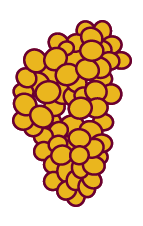
The Montònega is a phenotype of Parellada with the same DNA but with different evolution as a result of the terroir. The grapes have typically thicker skins, which enhances wine flavour; the loose grape clusters favour sun and air circulation, which mitigates disease and promotes a balanced ripening of the vine grape; it ripens later and reaches a higher alcohol content, while preserving the acidity that gives a fresh taste to our wines.
On the Pla de Manlleu we have identified more than 200 different clones of Parellada, which are currently under study to understand the evolution of the variety over the years.
At Heratat Mascorrubí we produce wines using other local varieties such as the fresh and powerful White Grenache, the sweet Red Grenache and the delicate Sumoll, while preserving other ancestral varieties of our region.

The origins of Mascorrubí date back to the the Knights Templar castle of Celma, founded in the twelfth century. From that time, the vineyard is part of our landscape.
The land grant of the castle of Celma to the military order of the Knights Templar in 1142, at the edge of the county of Barcelona, marks the beginning of Christian domination of a territory that had suffered during the XII century Saracen raids, at the time when the river Gaia constituted the border with Saracen kingdoms.
Repopulation led to the settlement of farms that had to pay census to the Templar order to exploit the land. Farmers cultivated wheat, vines and olive trees near the stream of the Valley of Hell or Marmellar. The earliest documented mention of Heretat Mascorrubí, as "Turris Moscharrubea" dates to January 29th, 1279. Later the domain passed into the hands of the Knights of the Order of the Hospital.
On the grounds of Heretat Mascorrubí you will find the
Romanesque Chapel of Sant Miquel de Celma founded in the thirteenth century.
Near the village of Pla de Manlleu, within the former “Senyoria de Celma “ and the Marmellar valley, you can visit the abandoned villages, ruins of castles and churches of St. Marc, St. Agnes and St. Miquel at top of Montmell Mountain, a historic walk amid forests and vineyards in an area where modern certified organic farming is now practiced by the Pla de Manlleu farmers’ collective.
http://www.plademanlleu.com

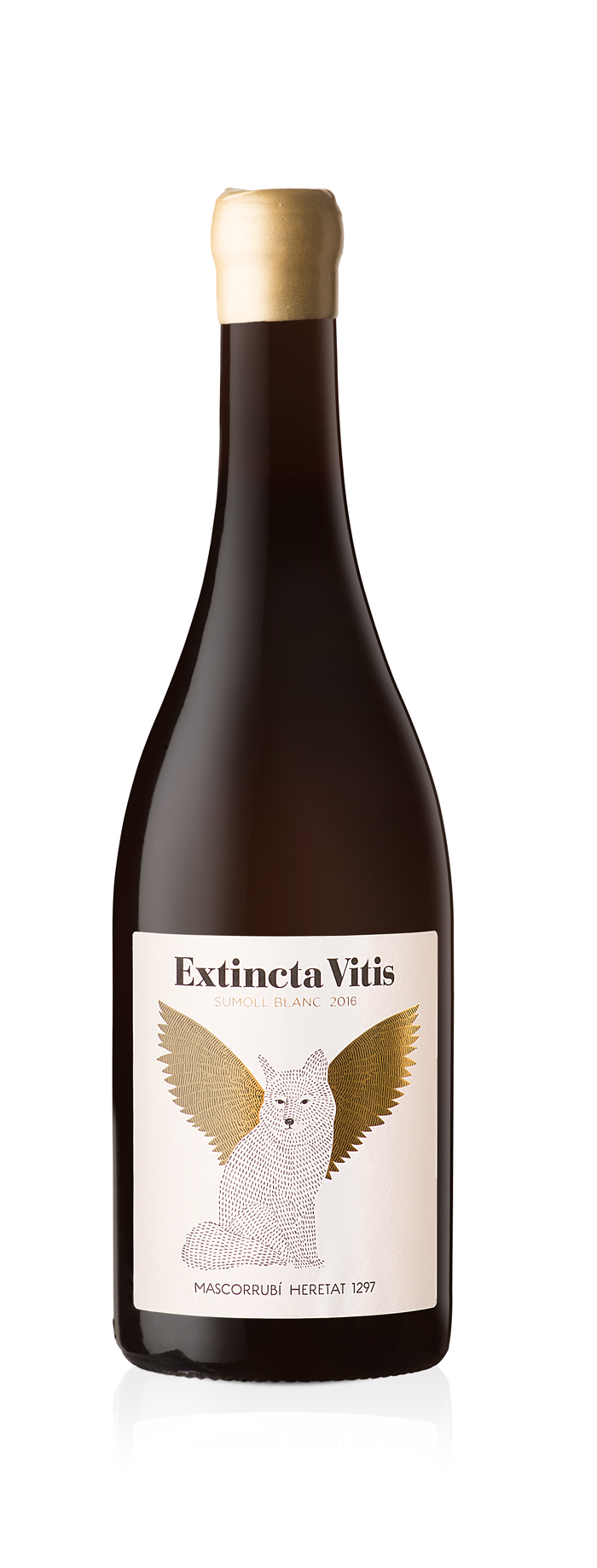

It is a 100% monovarietal wine from Sumoll Blanc, a very well extinct variety that once upon a time was typical of the Tarragona and Penedès countryside. Extincta Vitis presents a yellowish color with greenish, crisp shades. It is a wine with surprising fresh nuances with notes of plants under the forest (thyme, fennel, maria lluisa) accompanied by memories of white flowers (almond) and citrus fruit and white pulp. In the mouth it is dry, with strong body and nerve. In a tasteful post appear slightly bitter sensations that give it persistence. Share it, we have only been able to make 916 bottles of it








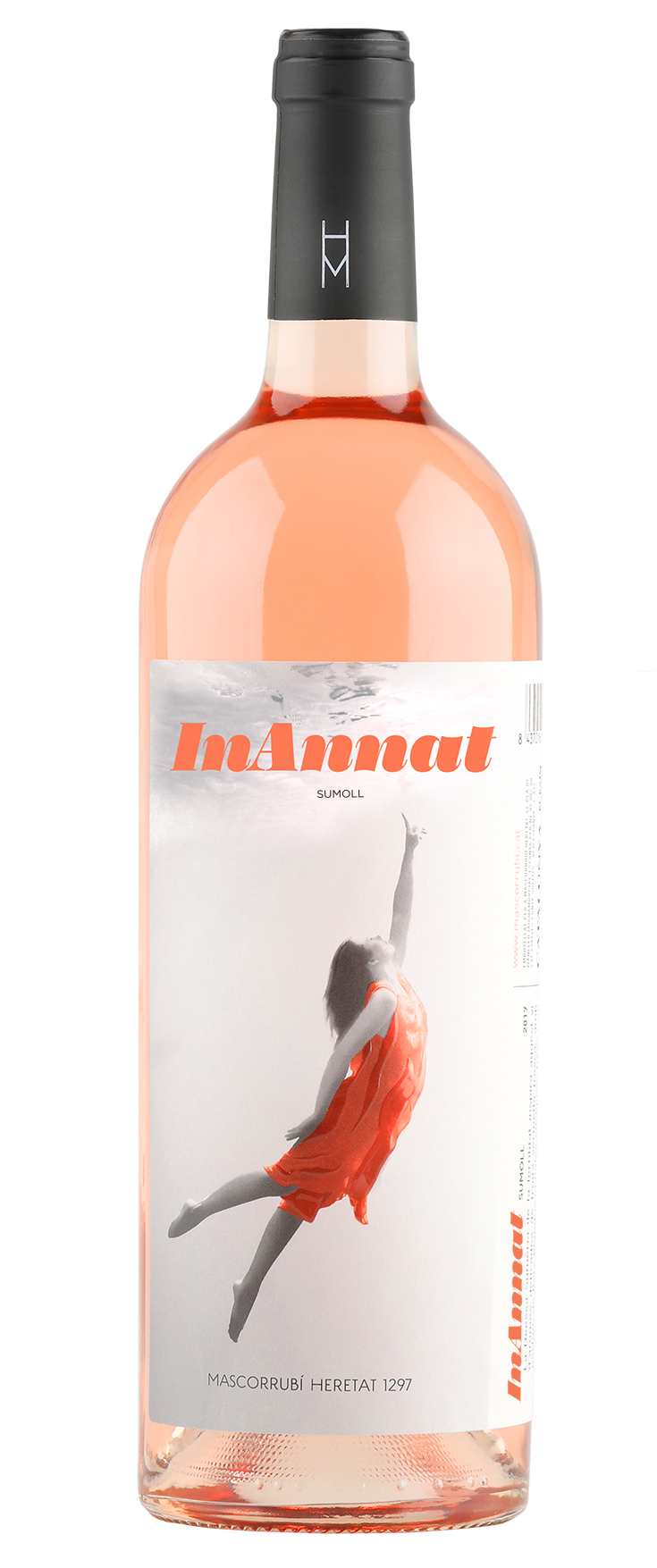

Is it possible to have a pale pink 100% sumoll rosé wine with pearl reflections? this is Annat a wine that captivates by its delicate aromas of fresh cherry red fruit and pomegranate along with the perfumes of white flowers (almond and peach). Secondly you will realize the notes of citrus fruit such as grapefruit and bergamot. The taste sensation is fresh and lively. It fills us through the mouth and ends with a slightly bitter end that gives it length. Serve between 8-10 ° C.








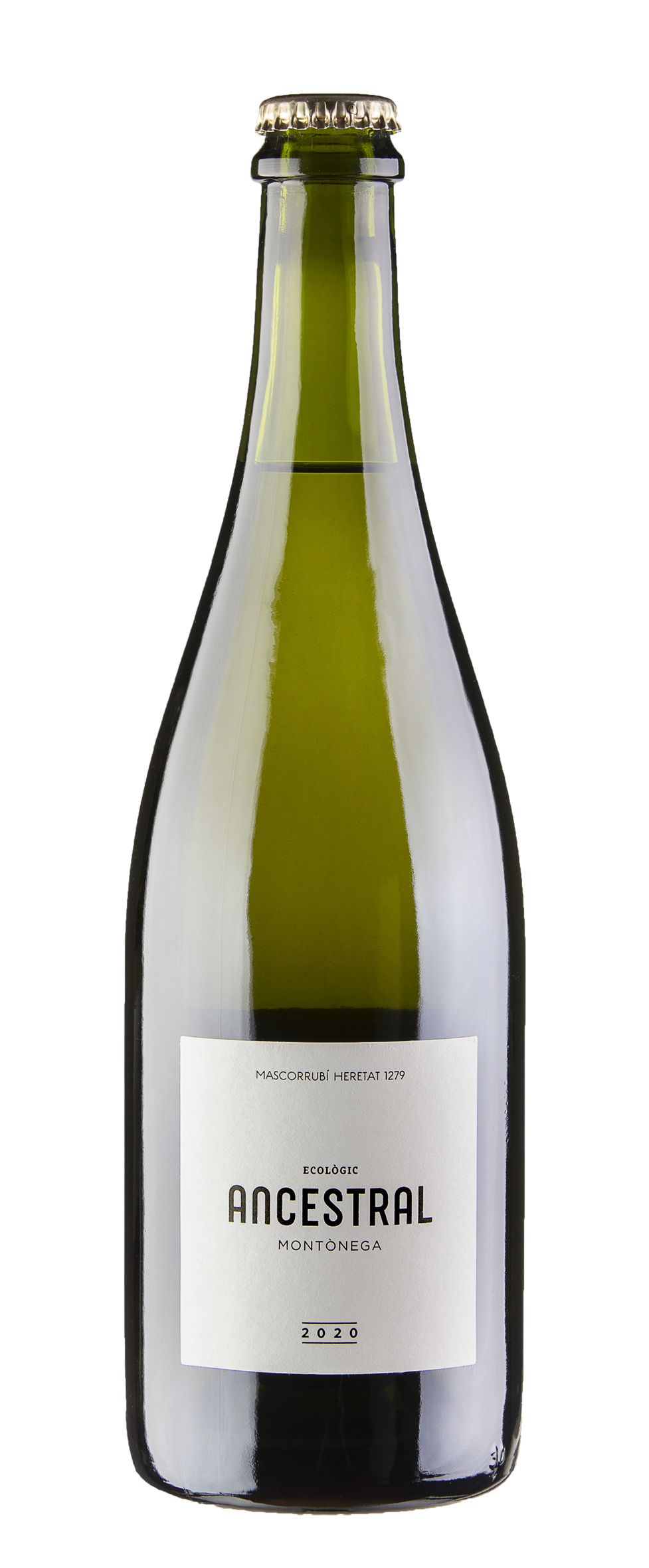

Vi escumós elaborat pel mètode ancestral d'una única fermentació en ampolla, elaborat 100% amb montònega ecològica de vinyes a més de 500m d'altura. Fresc, amb una fruita blanca molt neta i notes cítriques, per gaudir-ne en qualsevol moment














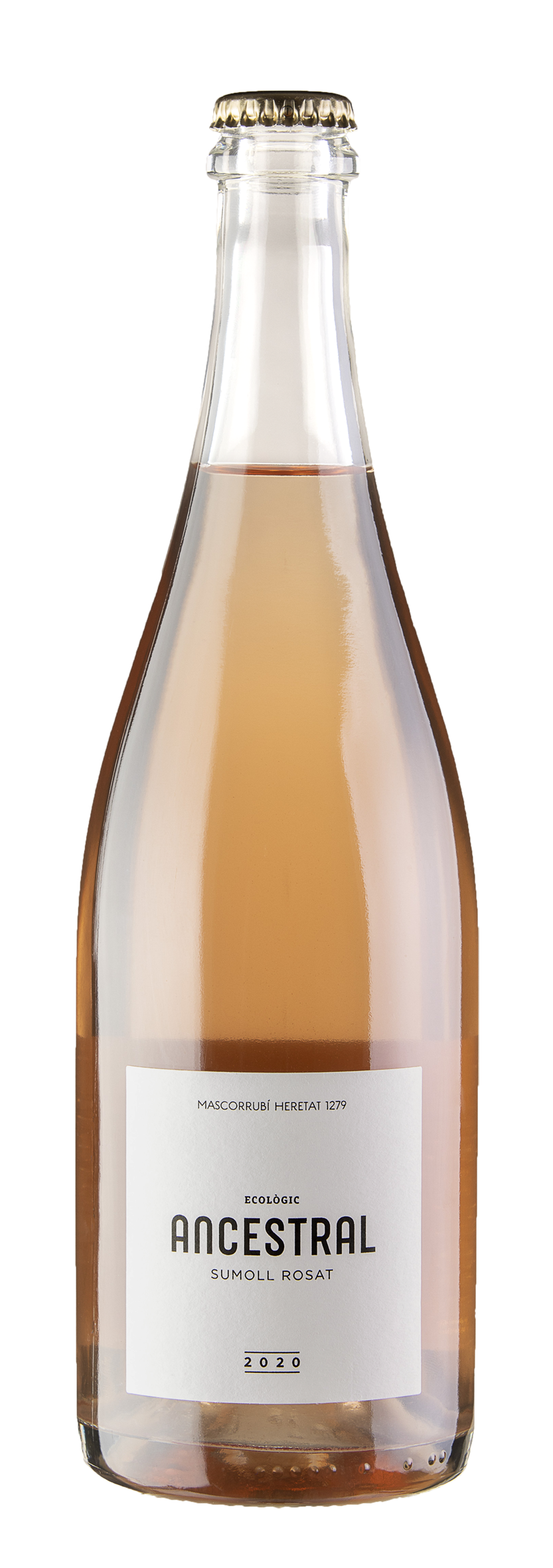
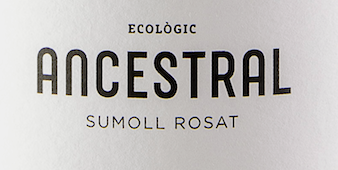
Bright salmon color with violet tones, good release of medium-sized bubbles that form persistent rosaries in the cup. Intense aromas of red and citrus fruits that give it sweet and refreshing notes. In the mouth it is present alive and persistent. It has a fresh entry and a good acidity, elegantly accompanied by the crunchy sensations of the bursting of the bubble as it passes through the mouth. Notes of aromatic herbs appear in the retro taste. The aftertaste is fresh and nice. Serve between 6-8º C. It combines perfectly with all kinds of salads and Asian cuisine. Ideal for snacks, sweet desserts and fruit. A unique and different sparkling wine!










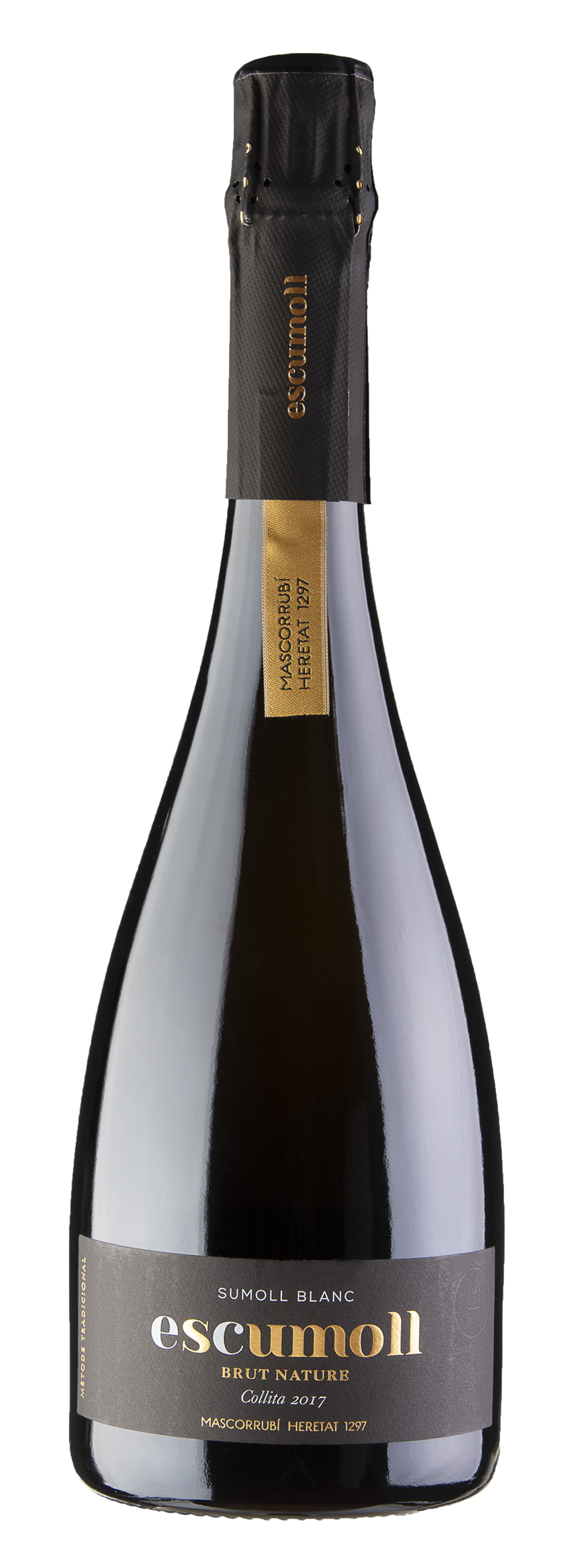
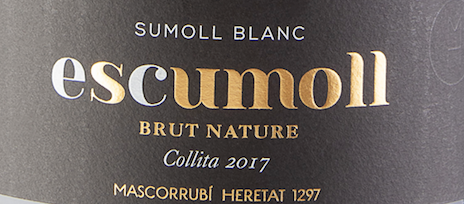
Yellow with greenish hues, sharp appearance. Abundant rosaries of fine bubbles that make up a subtle and elegant crown It is a wine with surprisingly fresh nuances where the notes of nuts stand out accompanied by a sumptuous character of pastries conferred by the autolysis of aging. In the background, candied fruits such as orellana and candied orange peel can be seen. In the mouth it is fresh, dry, with a strong body and nerve. The bursting of the bubble in the mouth amplifies the memories of the aromatic notes, perceived in the nose. On the palate there are slightly bitter sensations that give it persistence. Serve between 6-8º C. Ideal to accompany rice and pasta. It goes perfectly with all kinds of seafood, crustaceans and poultry. Ideal to accompany a table and enjoy the surprises that this wine offers. A unique and different sparkling wine!
 40 months in oak
40 months in oak


















Hand-harvested red Sumoll wine in September 2017. Elaboration Fermentation and maceration in stainless and aged in tank and 12 months in clay amphora made with the same soil where the vines are planted Location In Pla de Manlleu in the vineyards of + 500m. tall on a clay-limestone soil Tasting Note Medium layer, red with ruby tones. Abundant tears. The nose has interesting balsamic and undergrowth notes, such as rosemary and Sat Joan flower, which are based on notes of dehydrated fruit, orellana and fig, but also fresh fruit such as blueberries. In a second layer appear the typical varietal notes of sumo, such as carob and licorice In the mouth it is sedate and at the same time structured, with a mature tannin and an elegantly modulated acidity as a result of its passage through the amphora. Temp. of service Serve between 17-18º C. Pairing It is an excellent accompaniment to fatty cheeses. Combines perfectly with all kinds of red and roasted meats, also pairs well with rice and creamy.
 36 months in oak
36 months in oak








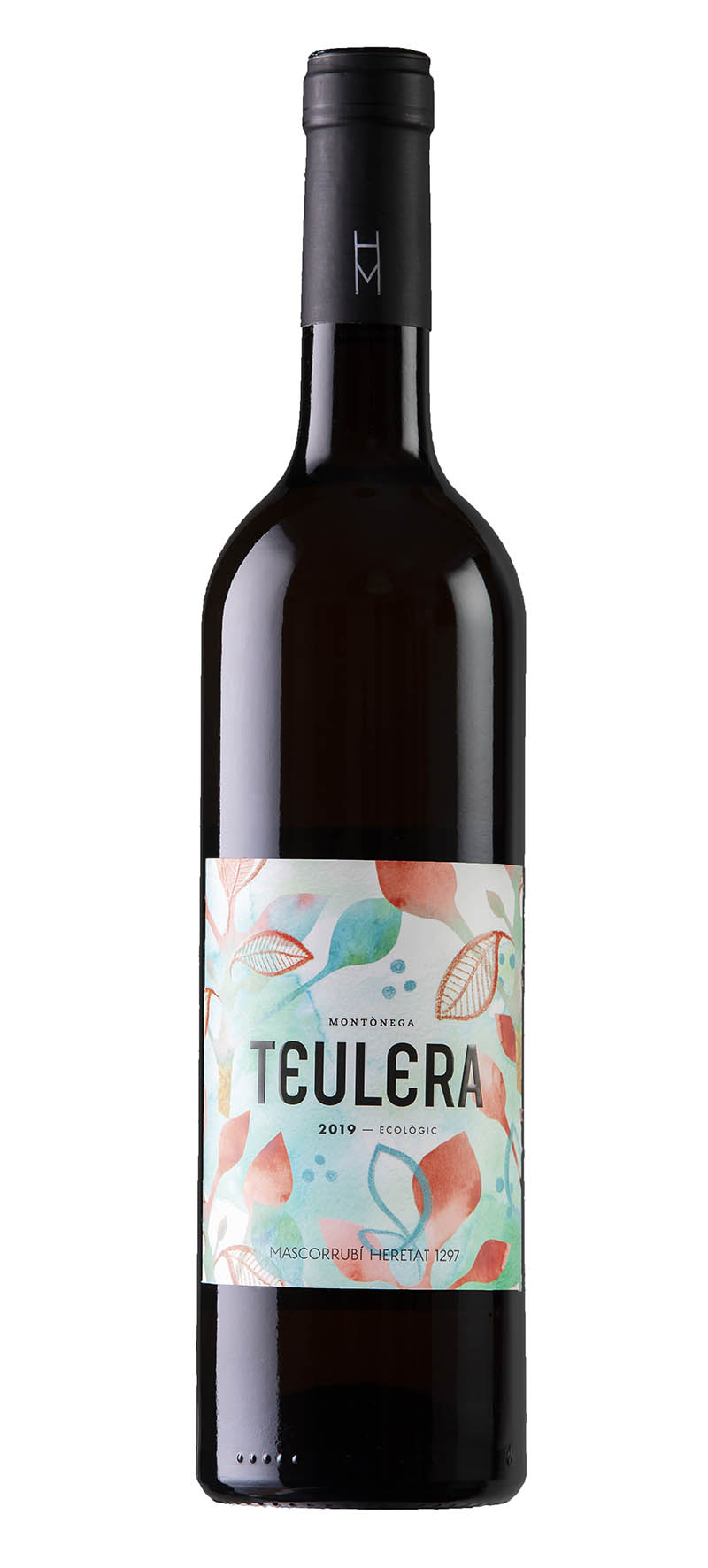

This unique wine comes from our old vines of Montònega located at +500 meters, refreshing , long and subtle ; a unique variety which is the maximum expression of Mascorrubí terroir












A unique blend of White Grenache and Montònega fermented in barrels creating a complex , rich, silky and persistent wine which will not leave you indifferent ; created by Mascorrubí from our vines at +500 meters.
 3 months in oak
3 months in oak












Blend of Sumoll and Red Grenache with large red color with violet hues and abundant tears. Is an aromatically intense and complex wine. Yo will notice the notes of red, pulp and citrus fruit (grapefruit, mandarin). Fresh and refreshing aromas of liquorice and menthol on a floral background. On its smelling background, you can see the memories of nuts, carob and cinnamon. In the mouth it has a silky entrance. The wine shows the freshness balanced with unctuousness and fat. Medium-structure wine with a sweet and ripe tannin. An updated traditional symphony
 10 months in oak
10 months in oak





